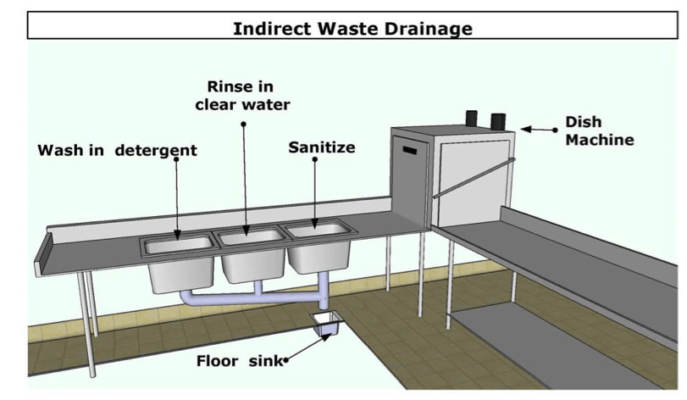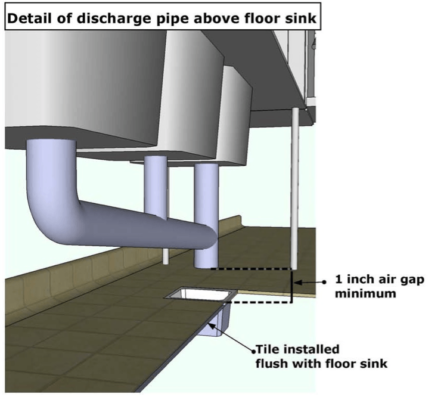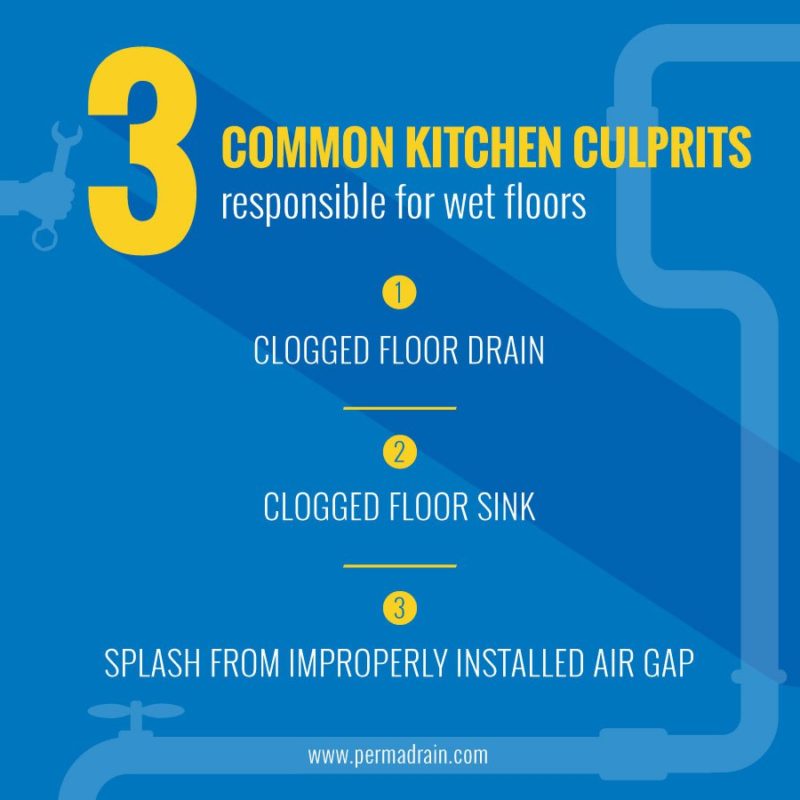No products in the cart.
Commercial Plumbing, Drain Protection, Plumbing, Tips
WET FLOORS?
Non-slip shoes are a requirement for everyone working in the restaurant industry. Why you may ask? Well, if you’ve ever worked in a restaurant you know that kitchen floors are often slick with grease, oil, and water. Oil and grease are easier to manage and keep off the floor, but it always seems the kitchen floors are wet. Where is all this water coming from?
Here’s a list of common kitchen culprits that could be responsible for all that water on the floor:
1. Clogged floor drain
If water begins to pool in areas in your kitchen, you most likely have a clogged floor drain preventing water from drain properly. After contacting a service professional to unclog the drain, make certain that this particular drain is protected with a strainer that can be secured and locked in place. Kitchen staff will often remove strainers while cleaning to wash debris down the drain, rather than dispose of it properly.
2. Clogged floor sink
If your floor sinks below your dishwasher, single, or three compartment sink begins to overflow with water, than you may likely have a clogged floor sink. After contacting a service professional to unclog your sink, it is highly recommended you protect that floor sink with a strainer and basket like the PermaDrain locking Dome Strainer and Safety Basket system. The PermaDrain (insert link) Locking dome strainer will keep debris from entering your drain, and cannot be removed by employees. The Safety Basket will catch debris as it falls into your floor sink and allows employees to easily, cleanly, and safely remove debris from the floor sink.
3. Splash from an improper installed air gap
Quite often, pipes that drain into floor sinks are either to low, or to high above the floor sink. Sometimes drain pipes are too short, and miss the floor sink when draining. Often drain pipes are too long and will splash out of the sink as they drain, or lay on the floor draining away from the floor sink.


